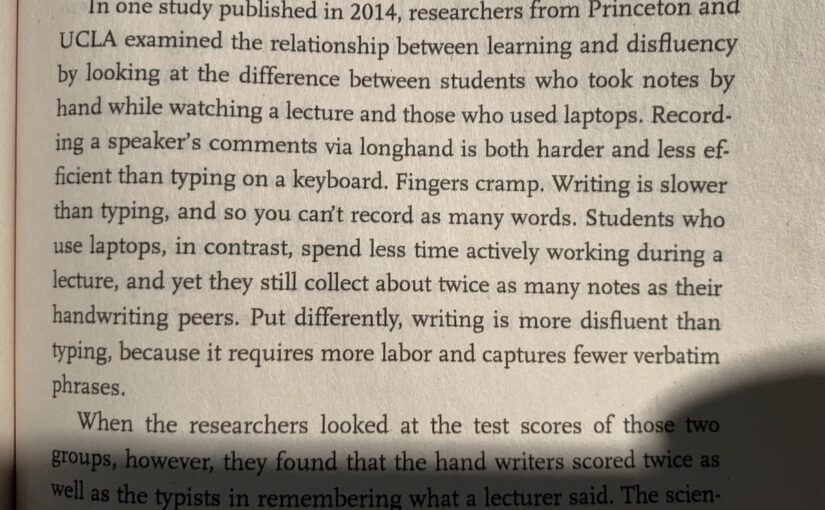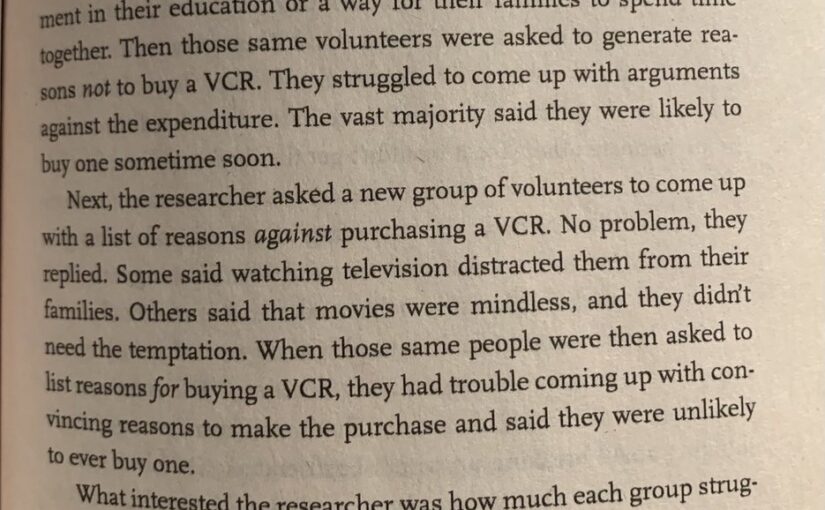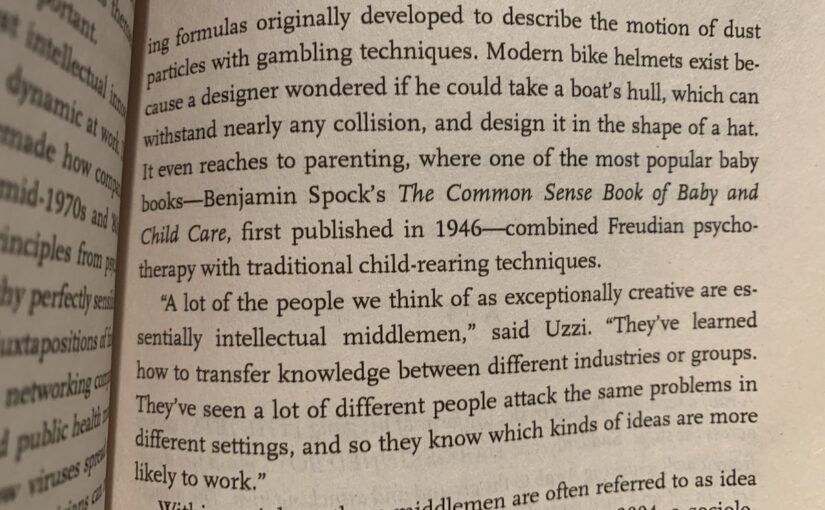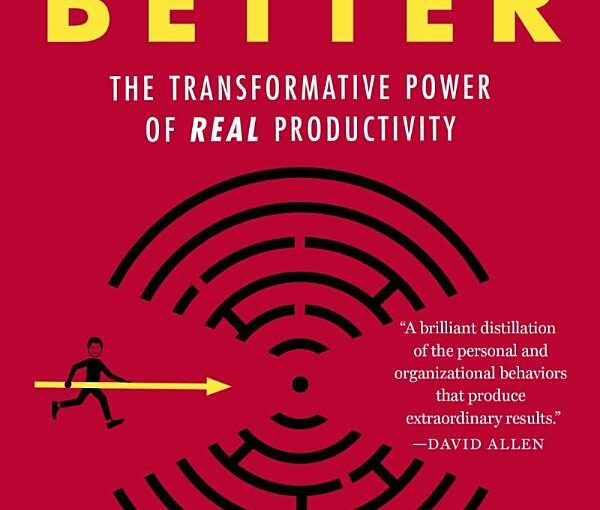In one study published in 2014, researchers from Princeton and UCLA examined the relationship between learning and disfluency by looking at the difference between students who took notes by hand while watching a lecture and those who used laptops. Recording a speaker’s comments via longhand is both harder and less efficient than typing on a keyboard. Fingers cramp. Writing is slower than typing, and so you can’t record as many words. Students who use laptops, in contrast, spend less time actively working during a lecture, and yet they still collect about twice as many notes as their handwriting peers. Put differently, writing is more disfluent than typing, because it requires more labor and captures fewer verbatim phrases. tale When the researchers looked at the test scores of those two groups, however, they found that the hand writers scored twice as well as the typists in remembering what a lecturer said.
Excerpt from: Smarter Faster Better: The Transformative Power of Real Productivity by Charles Duhigg



